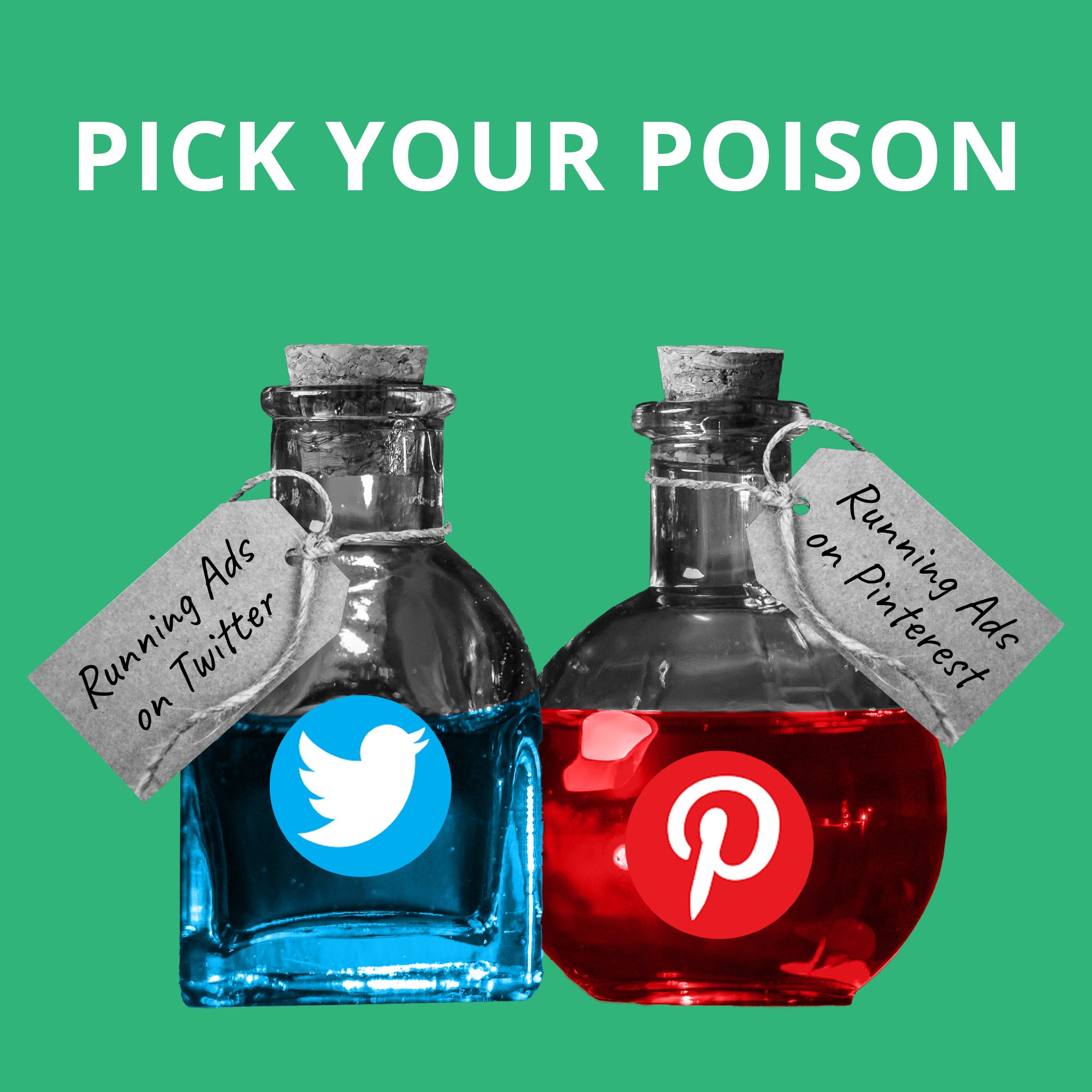
COMING AT YOU WEEK OF 7.6.21
Your weekly marketing news round-up
ONE
TikTok is starting a pilot program in the job discovery and recruitment space. It allows jobs to post to TikTok and job seekers to submit a TikTok video resume.
TWO
Instagram plans to evolve by prioritizing video instead of photo and other updates that prioritize “creators, video, shopping, and messaging.”
THREE
This MediaPost survey suggests that people are happier this summer and willing to spend more because of it. Visit the article to see the percentages of people who plan to grocery shop in person, dine-in at restaurants, and other activities that are totally normal except haven’t been normal the last two years.
FOUR
Finally, someone is standing up for the people. Heinz “launched a petition that encourages hot dog and bun companies to sell equal numbers of products in each package.” (We’re also telling you because it’s a clever way for the company to get press and attention.)
How to create and satisfy curiosity with your ads
Curiosity plays a fat role in a user’s decision to click on an advertisement. It seems the trick is crafting an ad that gives viewers enough context to feel grounded, while guiding them to ask the very questions that you answer in your ad’s destination link.
Let’s analyze some ads to learn what works and what doesn’t work when cultivating curiosity.
Give this ad a look over. What do you learn from it? And what are you left curious about?
|
|
What we learn from the ad
- Flodesk is an email platform.
- A bit about what our emails would look like with Flodesk.
- That you get “unlimited subscribers and access to all features for one low price.”
What we’re left wondering
- What makes this email platform “unlike any email platform that you’ve seen”?
- What does it take to “get started today”?
- What are the features it offers?
- What is the “one low price” they offer?
Our takeaway
When we read “one low price,” we wanted to just see the actual price. It kind of made us wonder, “Are they actually embarrassed of the price?” So if you can easily answer a user’s question in your ad, you probably should.
What about this ad? What questions does it answer or create in you as a reader?
|
|
What we learn from the ad
- They offer free shipping
- Other people like this product, it’s their “Best-selling Robot Vacuum”
- There are multiple models to choose from
- They offer robot mops, not just vacuums
- They claim it cleans powerfully and “fits seamlessly into your life”
- Prices are $399.99 and up
What we’re left wondering
- What makes the vacuum “smarter than ever”? What kind of cool features could my Roomba have?
- What does it look like to use a robot vacuum?
- What is Imprint and vSLAM technology? Why should we even care?
- Which model is right for me?
Our takeaways
- It works to create curiosity around info that we have context for. Like when they mentioned the vacuum is “now smarter than ever.” We probably know enough to guess the vacuum now has smarter features to make our lives even easier.
- It doesn’t work to create curiosity around info we don’t have context for, like when they mention “ImprintⓇ and vSLAMⓇ technology.” Leave out jargon or info you can’t contextualize.
- Some of our questions, like “which model is right for me?” are able to be answered by the links in the ad. That’s a win 👍🏾
Alright, last one. Give this ad a little analysis.
|
|
What we learn
- This offering claims to help me spend less time in my email.
- I might have more time for stuff that matters to me.
What we’re left wondering
- What is the offering? Is it an app?
- How does it cut email time in half?
- Does it work?
Our takeaway
We leave this ad confused instead of curious, because we didn’t have enough context.
Like we said
It seems the trick is crafting an ad that gives viewers enough context to feel grounded, while guiding them to ask the very questions that you answer in your ad’s destination link.
Have at it, team!
These ads are not our friends

We’ve crafted a crazy useful resource we’re calling The Mission Creep Workbook
Ooh, sounds kinda spooky. Well the workbook isn’t spooky, but it does help you overcome a terrifying scenario.
So we made a workbook to help you avoid it. To help you start a project that will end in a meeting with your boss where you feel pumped to share the results.
|
|
How do you get your hands on the workbook?
Get two friends to sign up for the Highrise newsletter using your unique referral link (which is now at the bottom of each week’s newsletter).